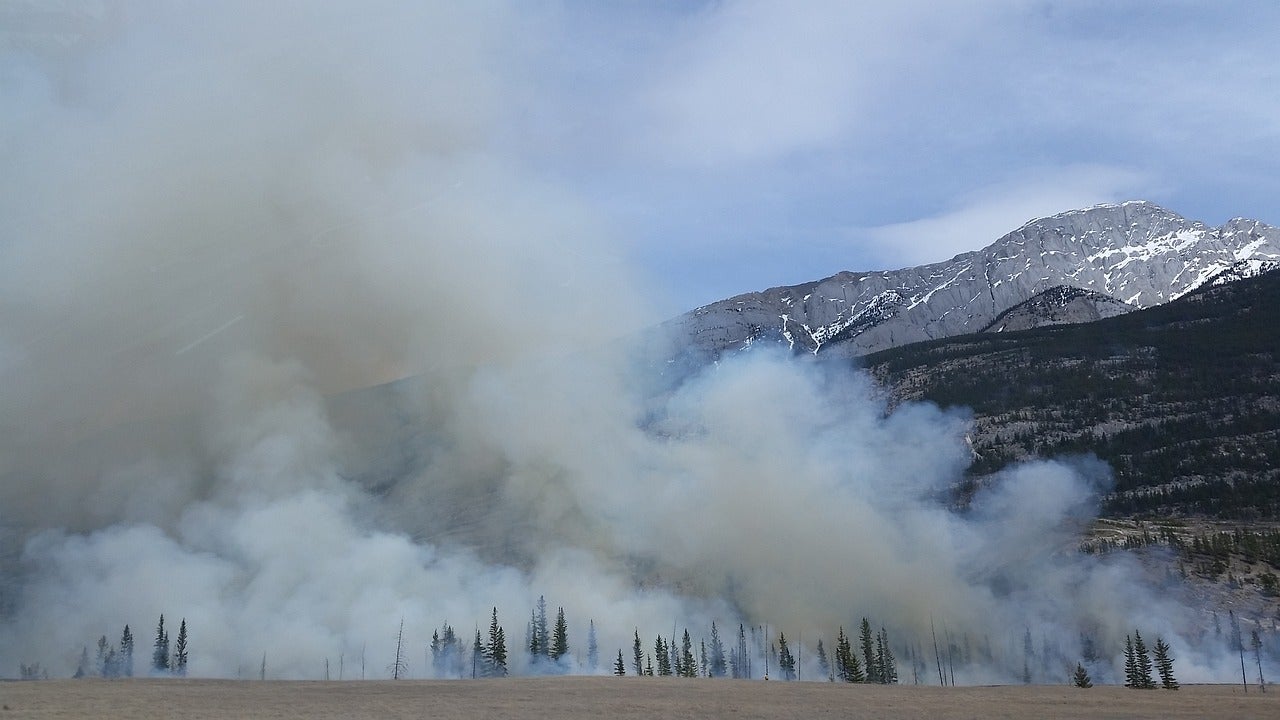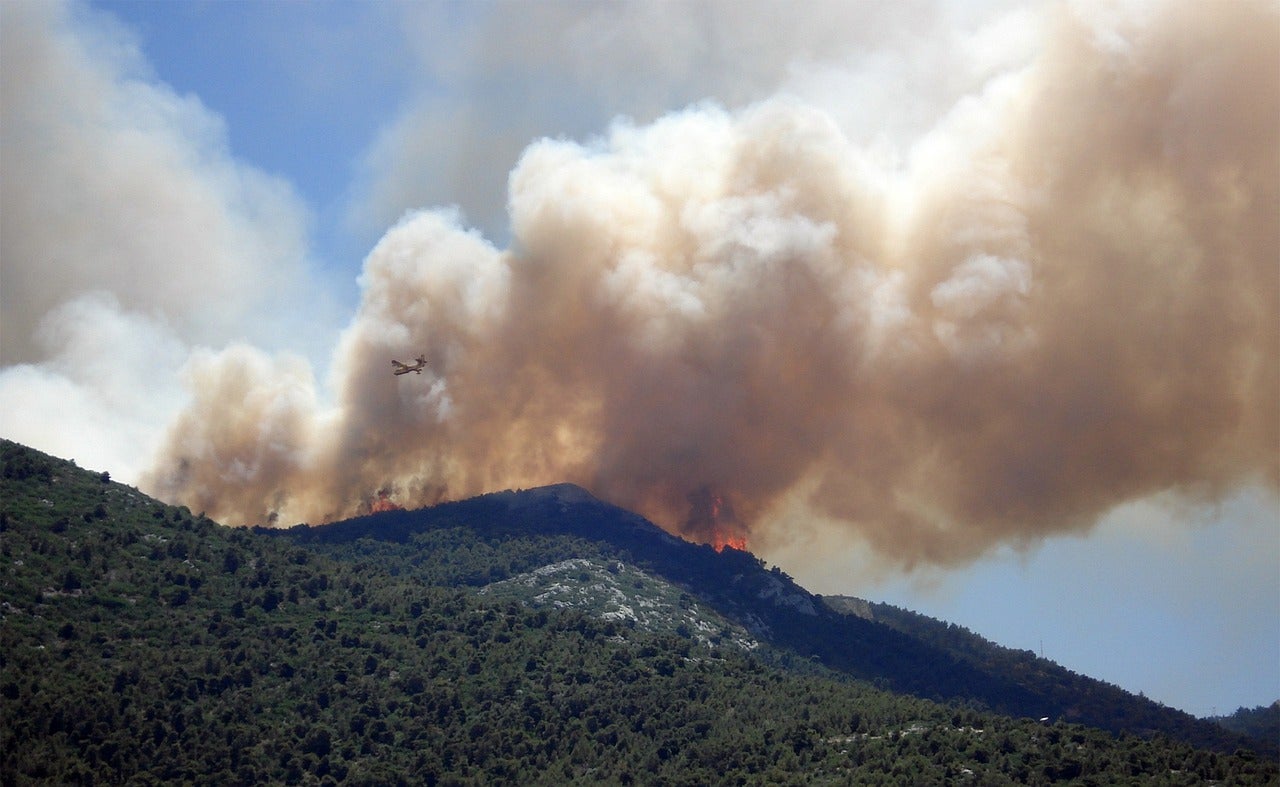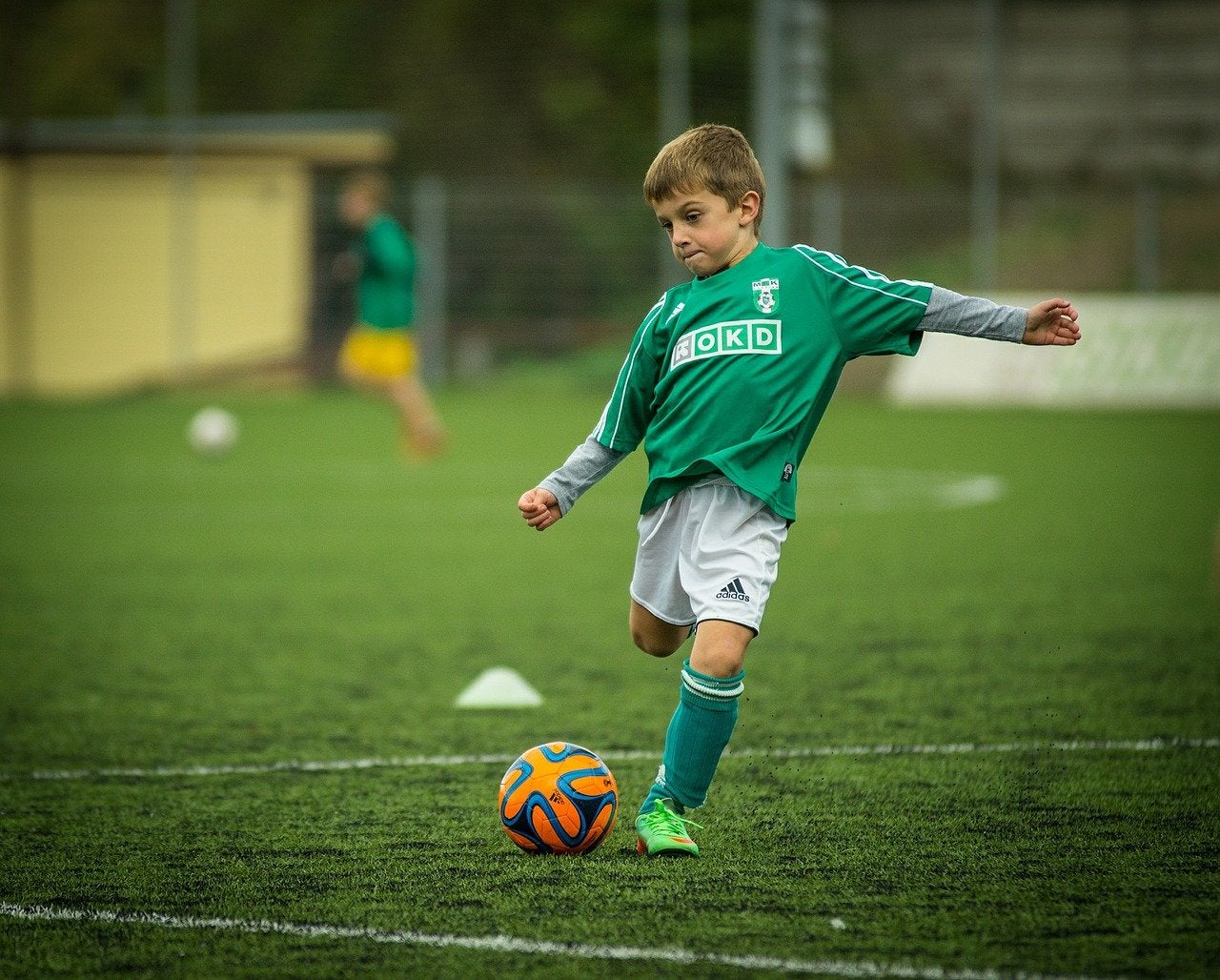Photo by: Flickr user jasonwoodhead23
allergies | asthma | brain development | child health | equity | heat | low birth weight | mental health | preterm birth | wildfires
This guide will explain how wildfires impact children’s health and how you can keep your child healthy before, during, and after a wildfire.
An estimated 7.4 million kids in the U.S. are affected by wildfire smoke each year. In 2018, on just a single day 1 million school children in California experienced school closures due to wildfires.
How do wildfires affect children’s health?
Wildfires produce smoke that contains particle pollution (tiny air particles that can reach far into the lungs and enter the bloodstream). Wildfire smoke can affect people across the United States, from Western states where fires occur locally to smoke that travels to the Midwest and East Coast.
According to the American Academy of Pediatrics, the health effects of wildfires on children can include:
- Chest tightness or pain.
- Shortness of breath or trouble breathing, which can be more difficult for children with allergies, asthma or other health issues.
- Coughing.
- Burning or stinging of the nose, throat, and eyes.
- Feeling dizzy or lightheaded.
- Mental health issues, from climate anxiety to acute trauma to a fear of or experience of displacement, particularly for unhoused and unstably housed children.
Wildfire smoke contains air pollution that may be more toxic than air pollution from other sources, especially for children. For example, one study of 170,000 emergency and urgent care visits in San Diego from 2011-2017 found that increases in emergency health care visits were 10x higher for air pollution from wildfire smoke than from other sources.
How does climate change make wildfires worse?
Burning fossil fuels like natural gas, oil, and coal releases greenhouse gases into the Earth’s atmosphere and raises temperatures. Heat dries wood and vegetation that fuel fires.
Climate change also promotes drought conditions especially in places already prone to them. These factors together have led to more frequent, larger, and more intense wildfires as well as longer wildfire seasons.
Why are children more at risk from wildfire smoke?
- Children breathe more air relative to their size than adults and their organs are still in development. Air pollution can stunt lung development and increase the chances of more severe illness from respiratory and other health conditions later in life.
- Kids’ noses may not filter particles as effectively as adults, which means more particles can make their way into the lungs.
- Children tend to be more physically active than adults, so they may inhale smoky air deeper into their lungs.
- Children tend to spend more time outside, which increases their exposure to air pollution.
How can I protect my child from pollution caused by wildfires?
Review our wildfire safety tips we developed with Americares on how to stay safe during a wildfire.
- Have a wildfire response plan as part of your family’s disaster plan, including having a disaster kit ready to leave home with if needed.
- Monitor air quality and keep your kids inside if the air quality index reaches 200 or, if your child has asthma or other chronic medical problems, at lower levels based upon a conversation with your healthcare provider.
- If your child has a respiratory disorder, make sure you have an inhaler or other prescription(s) refilled and on hand if they should need them.
- Create a “clean room” in your home with few windows and doors and consider a High-Efficiency Particulate Air (HEPA) filter or other room air filtration system.
- Keep children away from ash and clean-up sites.
- Follow the recommendations from the CDC and American Academy of Pediatrics on how to protect children before, during, and after a wildfire.
How can I do my part to take action against climate change?
While our actions to prevent greenhouse gas emissions today will not affect wildfire risk anytime soon, they can have immediate health benefits.
Here are a few simple steps you can take on climate change:
- Educate yourself. Learn about environmental justice and how systemic racism and other forms of oppression lead to some children bearing a higher burden from climate change. Share resources with your community.
- Plant trees and other vegetation where you live, and encourage your community to do the same. Trees provide shade to help you stay cool on hot days. Adding trees and other vegetation to your neighborhood can also help improve the air quality where you live, especially in urban areas, and can improve mental health.
- Choose walking, biking or public transit whenever possible, and consider carpooling. If you are buying a car, choose an electric car or find one with better fuel economy. The more gas a car burns per mile, the more harmful air pollution it generates. Getting exercise may also help improve a child’s mental health.
- Reduce, reuse, and recycle. A timeless piece of advice. The more we buy new, the greater our carbon footprint.
- Invest in energy efficiency and renewables. Ask your local leaders to invest in renewable energy in public buildings, and support building regulations that require solar panels and energy-saving policies for new buildings. Conserving energy saves money and reduces our carbon footprint.
- Start a conversation. Talk to your family and friends about climate change to make sure they know it’s a health issue, especially for our children, and that we need to work with everyone to take action to fight this climate crisis. Work with your place of worship and in your children’s school to see what you can do to spread the word and keep our kids healthy, and get involved in climate change planning at the state and local level.
- Get involved. Many towns and cities want to decarbonize—in fact they’re leading on this issue—and parents can play a role in shaping those efforts. Ask local leaders how your neighborhood can become safer and healthier by making it greener, more walkable and bike-friendly. You can ask decision makers to add green space by planting trees, increase access to public transit and invest in electric vehicle infrastructure. These actions will benefit everyone’s health and especially the health of our children.
Terms of Use
The contents of this website are for educational purposes and are not intended to offer personal medical advice. You should seek the advice of your physician or other qualified health provider with any questions you may have regarding a medical condition. Never disregard professional medical advice or delay in seeking it because of something you have read on this website. Harvard Chan C-CHANGE does not recommend or endorse any products.

How smoke blanketing Northeast from Canadian wildfires can impact our mental health
Doctors see an increase in anxiety and depression as people experience the trauma of wildfire smoke.

How to keep safe as wildfire smoke chokes eastern US skies
Our Fellow Dr. Kimberly Humphrey on taking action to protect our health.

From wildfires to disease, here are the top 5 ways climate change is already hurting your health
Scientists warn that it's not just plants and animals threatened by rising temperatures -- climate change is impacting human health in many ways.
